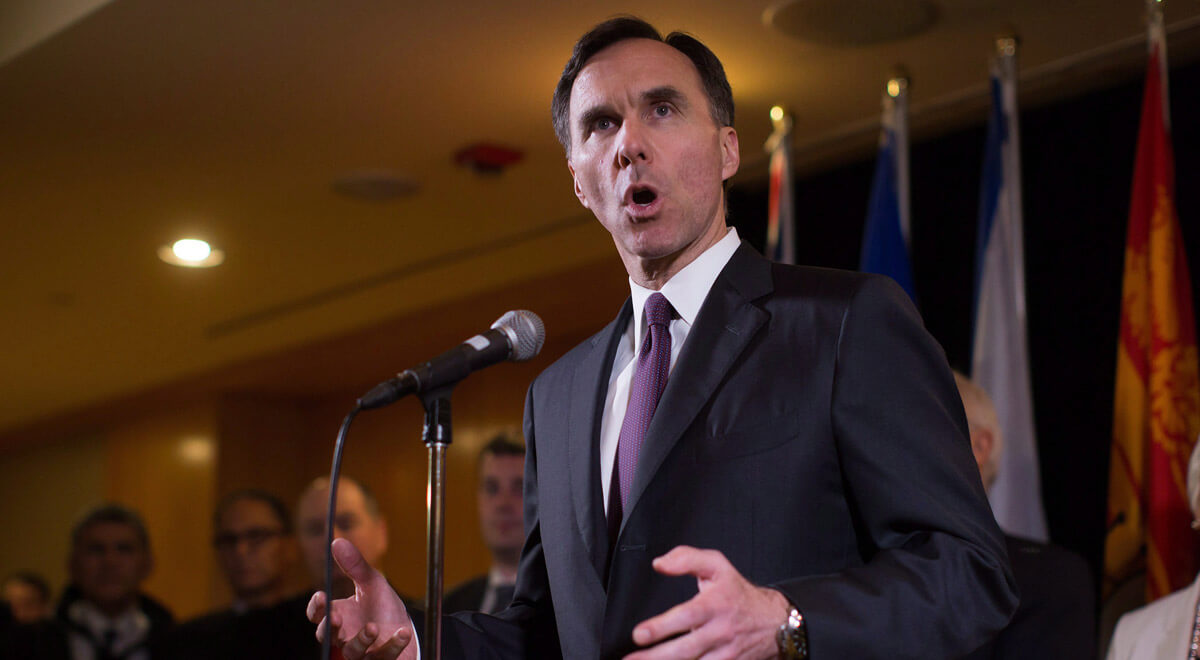Ottawa’s small business tax proposals explained
Everything you need to know about the Liberal plan to close small business tax loopholes
Advertisement
Everything you need to know about the Liberal plan to close small business tax loopholes

Share this article Share on Facebook Share on Twitter Share on Linkedin Share on Reddit Share on Email